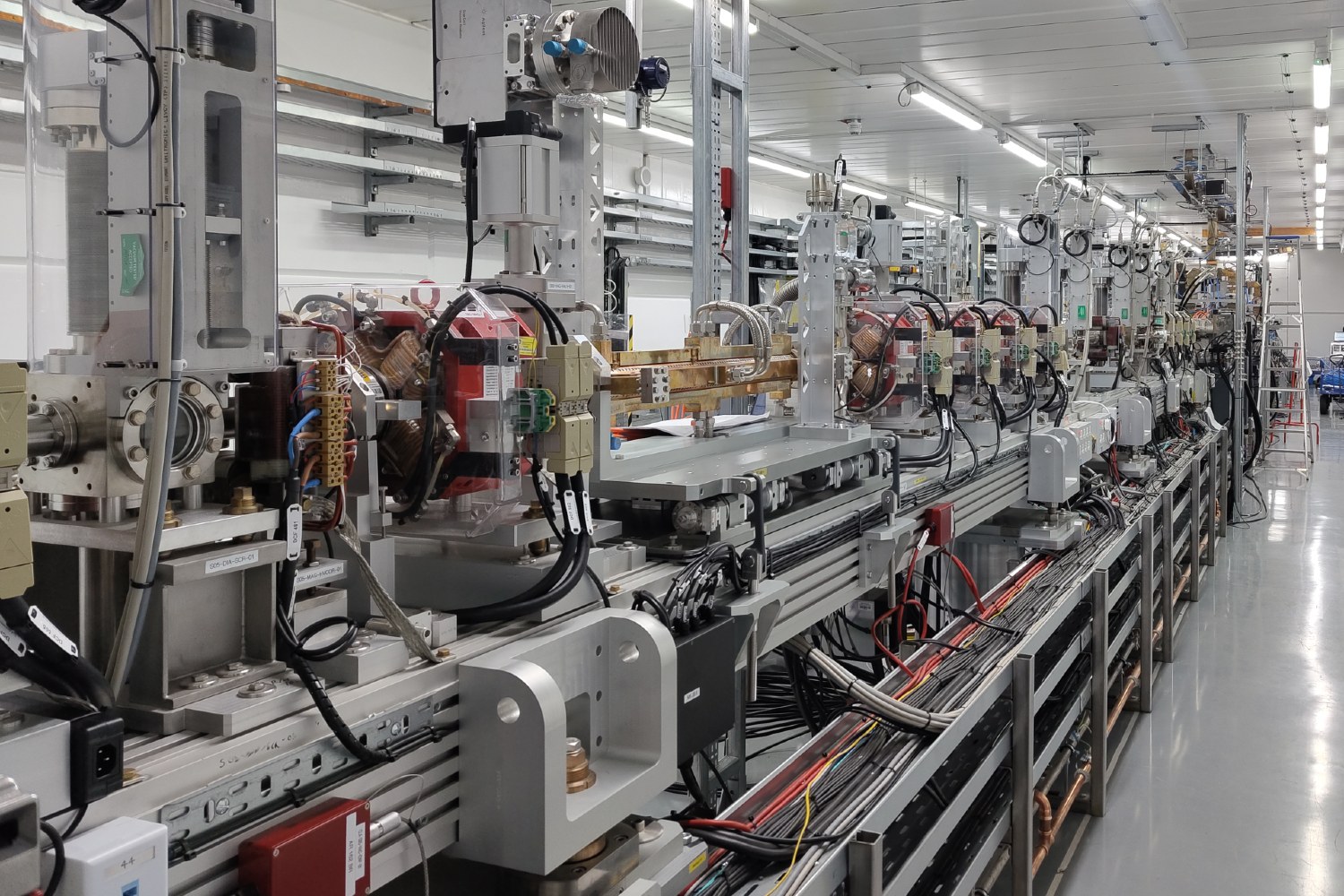The Science and Technology Facilities Council’s (STFC) Daresbury Laboratory has achieved a major scientific milestone.
The STFC Compact Linear Accelerator for Research and Applications (CLARA) has successfully accelerated electrons to an energy of 250 million electron volts (MeV).
A significant moment
This breakthrough marks a significant moment in the development of one of the world’s brightest medium-energy electron beams, opening the door to a new generation of experiments previously unattainable in the UK.
CLARA has been designed to develop and test next-generation accelerator technologies and is due to welcome its first users in 2026.
This new UK accelerator capability will allow researchers to explore innovations that will shape the future of medicine, high energy physics, material science and beyond.
Building tomorrow’s technologies
By accelerating electrons to near the speed of light, CLARA will support research into smaller, more efficient particle accelerators with real world applications, including new radiotherapy methods.
Having reached the 250 MeV milestone, CLARA can now support more ambitious research programmes and prototype technologies that were previously out of reach in the UK.
Real world impact
Professor Deepa Angal-Kalinin, CLARA Project Lead, said:
Reaching 250 MeV is a tremendous achievement for the CLARA team and a major milestone for accelerator science in the UK.
It reflects years of dedication, collaboration, and innovation.
We are now excited to look ahead to CLARA’s future as a full user facility — a place where novel accelerator ideas will become reality, driving real-world impact.
A technical triumph
To reach this energy level, electrons were generated in a radiofrequency (RF) gun and accelerated using three 4-metre-long, 3 gigahertz RF accelerating cavities.
A network of 77 electromagnets and 65 diagnostic devices were used to focus and steer the beam through the 60-metre-long facility.
This is the highest energy achieved in an accelerator at Daresbury Laboratory since closure of the Synchrotron Radiation Source in 2008.
Achieving full energy has increased the beam brightness by a factor of 100 and repetition rate by a factor of 10, transforming CLARA’s capabilities.
Pioneering research to real-world impact
Located at Sci-Tech Daresbury, in the Liverpool City Region, the first phase of CLARA has already supported two successful user programmes, resulting in numerous peer-reviewed publications.
These include a UK-first study into a novel radiotherapy technique aimed at delivering more targeted cancer treatments with fewer side effects.
With the 250 MeV upgrade, CLARA is now entering a new phase of advanced experimentation.
Fast, stable, flexible
A key part of this is the commissioning of FEBE (Full Energy Beam Exploitation), a shielded experimental area that allows researchers to conduct experiments without interrupting accelerator operations.
This ensures faster setup times, stable beam delivery and greater flexibility for complex research.
CLARA will also feature a new 120 terawatt ultra-short-pulse laser, enabling unique experiments that combine high-powered lasers with bright electron beams.
This capability is unmatched anywhere else in Europe.
Looking ahead: opening to users in 2026
CLARA is set to welcome users to this leading facility in 2026, offering UK and international researchers access to fully characterised electron beams tailored to their scientific needs.
It will support developing the accelerators of the future to be more affordable, more compact and more sustainable.
This transition firmly establishes CLARA as Europe’s premier facility for accelerator research and development, offering scientists and industry a unique opportunity to transform early-stage concepts into tested, high-impact technologies.


